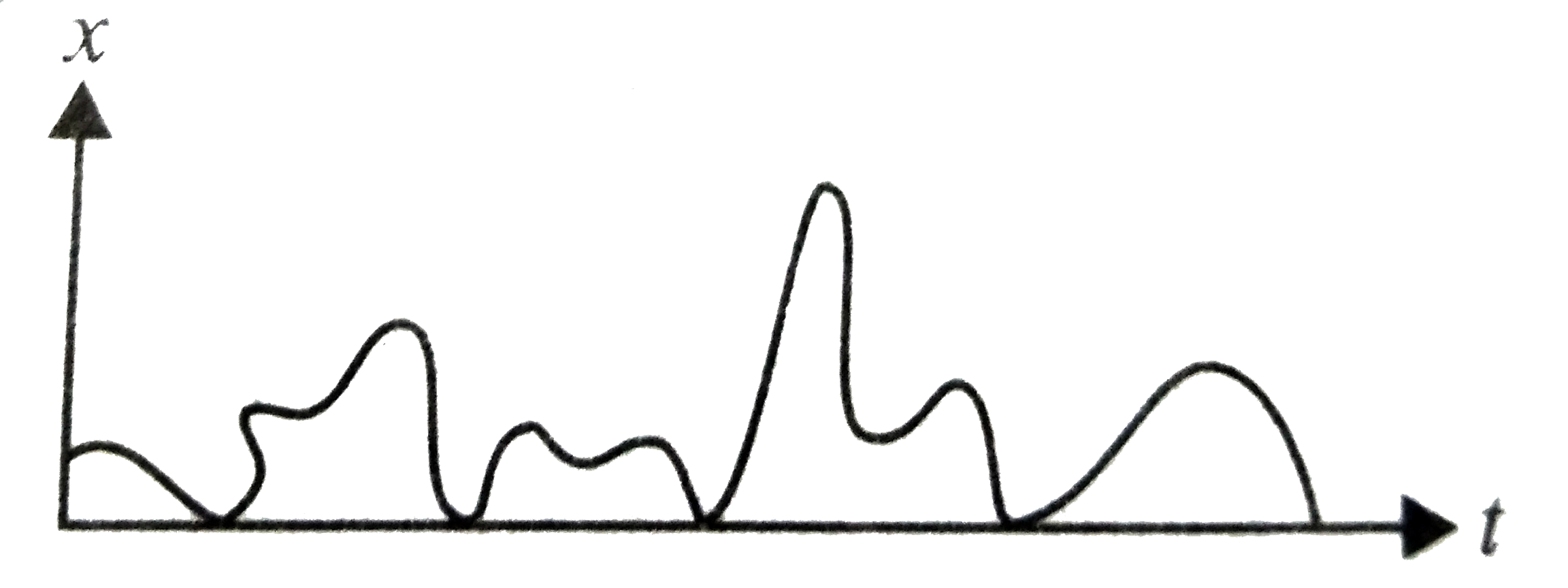Generation time represents period of
Cell cycle
Interphase
M-phase
S-phase
The correct Answer is:A
Step-by-Step Solution:
1. Understanding Generation Time:
- Generation time refers to the time interval required for a single cell to divide and form two daughter cells. This concept is crucial in understanding how populations of cells grow over time.
2. Cell Division Process:
- When a cell divides, it goes through a series of stages. For example, starting with one cell, after one division, there are two cells (first generation), then after another division, there are four cells (second generation), and so on. This exponential growth continues with each division.
3. Defining the Cell Cycle:
- The cell cycle is a series of phases that a eukaryotic cell goes through to divide. It includes:
- Interphase: The phase where the cell prepares for division, consisting of G1 (first gap), S (synthesis), and G2 (second gap) phases.
- M Phase (Mitosis): The phase where the actual division of the cell occurs.
4. Identifying the Correct Option:
- The question asks what generation time represents. Since generation time is the time taken for a complete cycle of cell division, it corresponds to the entire cell cycle.
- The other options (Interphase, M Phase, and S Phase) are parts of the cell cycle but do not represent the entire time taken for a cell to divide.
5. Conclusion:
- Therefore, the correct answer to the question "Generation time represents the period of" is Option 1: Cell Cycle.
---
- Generation time refers to the time interval required for a single cell to divide and form two daughter cells. This concept is crucial in understanding how populations of cells grow over time.
- When a cell divides, it goes through a series of stages. For example, starting with one cell, after one division, there are two cells (first generation), then after another division, there are four cells (second generation), and so on. This exponential growth continues with each division.
- The cell cycle is a series of phases that a eukaryotic cell goes through to divide. It includes:
- Interphase: The phase where the cell prepares for division, consisting of G1 (first gap), S (synthesis), and G2 (second gap) phases.
- M Phase (Mitosis): The phase where the actual division of the cell occurs.
- The question asks what generation time represents. Since generation time is the time taken for a complete cycle of cell division, it corresponds to the entire cell cycle.
- The other options (Interphase, M Phase, and S Phase) are parts of the cell cycle but do not represent the entire time taken for a cell to divide.
- Therefore, the correct answer to the question "Generation time represents the period of" is Option 1: Cell Cycle.
Topper's Solved these Questions
- CELL CYCLE (CELL DIVISION)BOOK - DINESH PUBLICATION ENGLISHCHAPTER - CELL CYCLE (CELL DIVISION)EXERCISE - REVISION QUESTIONS
267 Videos
- CELL CYCLE (CELL DIVISION)BOOK - DINESH PUBLICATION ENGLISHCHAPTER - CELL CYCLE (CELL DIVISION)EXERCISE - CHECK YOUR GRASP
18 Videos
- BIOLOGICAL CLASSIFICATION BOOK - DINESH PUBLICATION ENGLISHCHAPTER - BIOLOGICAL CLASSIFICATION EXERCISE - CYC
13 Videos
- CHEMICAL COORDINATION AND REGULATIONBOOK - DINESH PUBLICATION ENGLISHCHAPTER - CHEMICAL COORDINATION AND REGULATIONEXERCISE - Brain Teasers-V
114 Videos
Similar Questions
Knowledge Check
Which of the following x-t graphs does not represent periodic motion?
A B
B C
C D
D
In Pinus, gametophytic generation is represented by
View SolutionA plant in which sporophytic generation is represented by zygote only
View SolutionIdentify function which represent periodic motion
View SolutionWhich of the following functions of time represented (a) periodic and (b) non-periodic motion ? Given the period for each case of periodic motion (ω is any positive constant(i)sinωt−cosωt(ii)log(2ω)
View SolutionAccording to Kepler's law of planetary motion, if T represents time period and r is orbital radius, then for two planets these are related as
View SolutionDoes cosωt+sin2ωt+cos4ωt represent periodic motion ? If yes, then find the period(ω is any positive constant) .
Hint : ( Each term represents a periodic function with different angular freuency . Find the smallest interval of time after which the sum of three terms repeats ) .
View SolutionWhat is the value of n for which time period is 8 times the time period of electron is first orbit of hydrogen atom ?
View Solution
